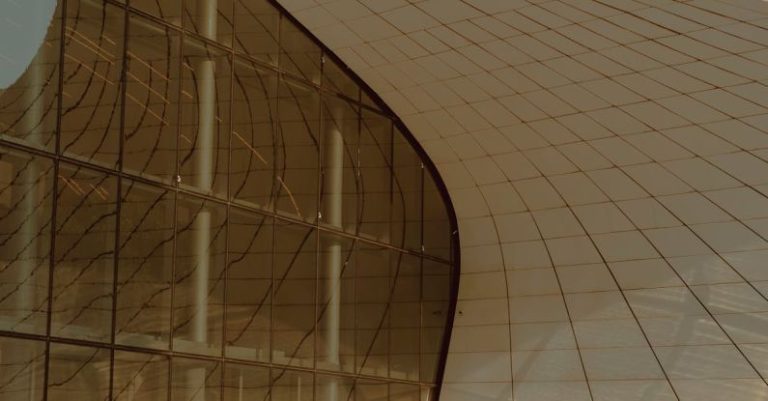Achieving Greater Heights: Composites in Skyscraper Construction
Skyscrapers have long been a symbol of human innovation and architectural prowess. As cities around the world continue to grow vertically, the materials used in constructing these towering structures play a crucial role in their design, stability, and sustainability. In recent years, composites have emerged as a revolutionary solution in skyscraper construction, offering a plethora of benefits that traditional materials like steel and concrete struggle to match. Let’s delve into how composites are reshaping the skyline and enabling architects and engineers to achieve greater heights in building design and construction.
Unleashing Design Possibilities
Composites, a combination of two or more materials with distinct properties, have opened up a world of design possibilities for skyscraper architects. Unlike steel and concrete, which have limitations in terms of shape and form, composites can be molded into virtually any shape, allowing for more creative and futuristic building designs. From curved facades to intricate geometric patterns, composites offer architects the freedom to bring their most ambitious visions to life. This flexibility in design is evident in iconic skyscrapers like the Burj Khalifa in Dubai, which incorporates composite materials to achieve its unique and striking profile.
Enhancing Structural Performance
In addition to their aesthetic benefits, composites also excel in enhancing the structural performance of skyscrapers. Composites are known for their high strength-to-weight ratio, meaning they can support heavy loads while remaining lightweight. This property is particularly advantageous in seismic regions, where skyscrapers are exposed to lateral forces during earthquakes. By using composites in key structural elements, engineers can improve the building’s resistance to seismic activity, ensuring the safety and stability of occupants. Moreover, composites offer superior corrosion resistance compared to steel, making them a durable and long-lasting choice for skyscraper construction.
Improving Energy Efficiency
Energy efficiency is a top priority in modern skyscraper design, as buildings account for a significant portion of global energy consumption. Composites play a crucial role in improving the energy efficiency of skyscrapers by providing better insulation and thermal performance. Composite materials can be engineered to have low thermal conductivity, reducing heat transfer through the building envelope and minimizing the need for heating and cooling systems. This not only lowers energy costs for building owners but also reduces the carbon footprint of the skyscraper, contributing to a more sustainable built environment.
Embracing Sustainability
Sustainability is a key consideration in the construction industry, and composites offer a sustainable alternative to traditional building materials. Composites are often made from recycled or renewable sources, making them an eco-friendly choice for skyscraper construction. Additionally, the lightweight nature of composites reduces the overall structural weight of the building, leading to lower transportation costs and fewer emissions during construction. By incorporating composites into skyscraper design, architects and developers can create buildings that are not only visually stunning but also environmentally responsible.
Elevating the Future of Skyscraper Construction
As the demand for tall buildings continues to rise, the role of composites in skyscraper construction will only grow in importance. With their versatility, strength, and sustainability, composites are reshaping the way skyscrapers are designed and built, pushing the boundaries of what is possible in architectural engineering. From enhancing structural performance to improving energy efficiency, composites are enabling architects and engineers to achieve greater heights in building design and construction. As we look towards the future of skyscraper construction, one thing is clear – composites are here to stay, revolutionizing the skyline and shaping the cities of tomorrow.






